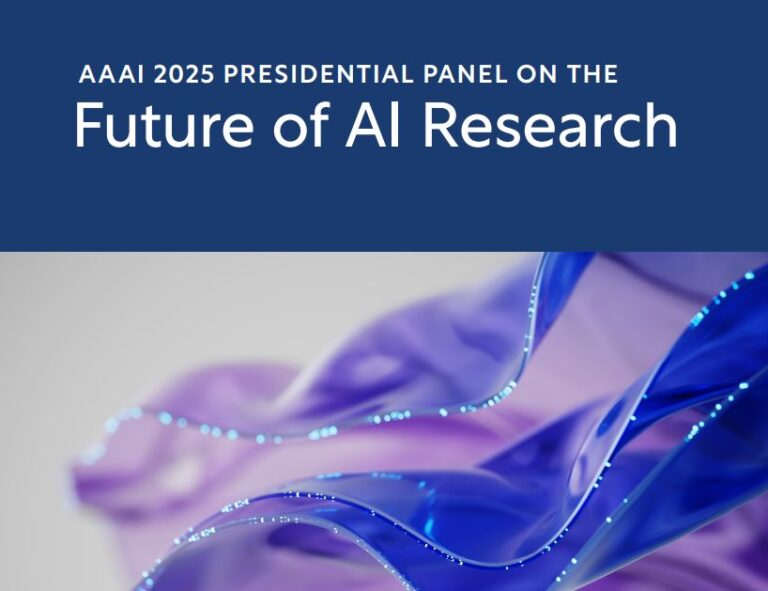AI Tools for Language Translation Accuracy: Breaking Barriers in Global Communication
In an increasingly interconnected world, the demand for accurate and efficient language translation has never been higher. Artificial intelligence (AI) has revolutionized the field of translation, offering tools that bridge linguistic gaps with remarkable speed and precision. From cross-cultural business communication to global content localization, AI-driven translation tools are reshaping how we interact across languages. However, while these tools have made significant strides, achieving flawless accuracy remains a complex challenge. This article explores the evolution of AI in translation, the tools leading the charge, and the hurdles that still need to be addressed.
The Evolution of AI in Translation
Translation technology has come a long way since the early days of rule-based systems, which relied on predefined grammar rules and dictionaries. These systems often produced awkward or inaccurate translations, as they struggled with idioms, context, and regional dialects.
The advent of machine learning (ML) and neural machine translation (NMT) marked a turning point. Unlike traditional methods, NMT uses deep learning algorithms to analyze vast datasets of multilingual text, enabling models to learn patterns and contextual relationships. This approach allows AI to generate translations that are not only more accurate but also more natural-sounding.
Today, AI translation tools leverage transformer models—a breakthrough in NMT architecture that excels at handling long-range dependencies in text. Models like Google’s BERT, Facebook’s Marian NMT, and OpenAI’s GPT have set new benchmarks for accuracy, particularly in handling complex sentences and maintaining coherence.
Key AI Translation Tools and Their Capabilities
Several AI-powered platforms have emerged as leaders in the field, each with unique strengths:
-
Google Translate
Google’s tool is one of the most widely used, thanks to its integration with search, mobile apps, and websites. Its neural machine translation system continuously improves through real-world usage, making it highly effective for common languages like English, Spanish, and Mandarin. However, it still struggles with less common languages and nuanced expressions. -
DeepL
Known for its human-like fluency, DeepL uses advanced AI to produce translations that often rival those of professional human translators. It excels in preserving tone and context, making it a favorite among businesses and content creators. -
Microsoft Translator
Integrated into Office 365 and Azure, this tool offers robust enterprise solutions, including real-time translation for meetings and documents. Its ability to handle technical jargon and specialized terminology makes it a go-to for corporate environments. -
Amazon Translate
Part of AWS, this tool is designed for scalability, allowing businesses to automate translation for large volumes of content. It supports over 100 languages and is particularly useful for e-commerce and global customer support. -
LinguaFolio and Papercask
These platforms focus on niche markets, such as medical or legal translation, where precision is critical. They use domain-specific training data to ensure accuracy in specialized fields.
Why Translation Accuracy Matters
Accuracy in translation is not just about converting words—it’s about conveying meaning, intent, and cultural context. Inaccurate translations can lead to misunderstandings, reputational damage, or even legal issues. For example, a mistranslated marketing slogan could alienate target audiences, while a flawed medical document might endanger lives.
AI tools have made significant progress in addressing these challenges by:
- Learning from context: Modern models analyze surrounding text to infer meaning, reducing errors caused by ambiguous words.
- Adapting to regional dialects: Tools like Google Translate now support variations in languages (e.g., European vs. Latin American Spanish).
- Improving with feedback: Some systems incorporate user corrections to refine their outputs over time.
Limitations and Challenges
Despite their advancements, AI translation tools are not infallible. Key challenges include:
-
Cultural Nuance and Idioms: Phrases that are idiomatic or culturally specific often lose their meaning in translation. For instance, translating a joke or a proverb requires understanding cultural references that AI may overlook.
-
Low-Resource Languages: While AI excels with high-volume languages like English and Chinese, it struggles with less commonly spoken languages due to limited training data.
-
Technical and Sensitive Content: Legal, medical, or technical documents require precision that AI may not always achieve without human oversight.
-
Bias and Inaccuracy: AI models can inherit biases from their training data, leading to skewed or inappropriate translations.
The Role of Human Oversight
To mitigate these challenges, many organizations adopt a hybrid approach, combining AI with human expertise. Post-editing—where human translators refine AI-generated content—is now a common practice. This ensures that translations are not only accurate but also culturally resonant.
For example, companies like Bing and IBM offer tools that flag potentially problematic translations for human review, striking a balance between efficiency and quality.
The Future of AI Translation
The future of AI in translation is promising, with several emerging trends:
- Real-time translation: Advances in speech recognition and NMT are enabling instant translation for conversations, meetings, and even sign language.
- Multimodal AI: Tools that combine text, audio, and visual cues to improve context-aware translations.
- Personalization: AI could adapt translations to individual user preferences, such as formal vs. casual tone.
As AI continues to evolve, its potential to democratize language access is immense. However, achieving true accuracy will require ongoing collaboration between technologists, linguists, and users.
Conclusion
AI tools for language translation have transformed the way we communicate across borders, offering unprecedented speed and scalability. While they have closed many gaps in accuracy, they are not a one-size-fits-all solution. The most effective approach often combines the strengths of AI with human expertise, ensuring that translations are both precise and meaningful. As the technology matures, the goal of seamless, culturally aware communication may become a reality—bridging the world, one word at a time.
Final Thought: In a world where language is both a barrier and a bridge, AI translation tools are not just technological marvels—they are essential instruments for fostering global understanding.







